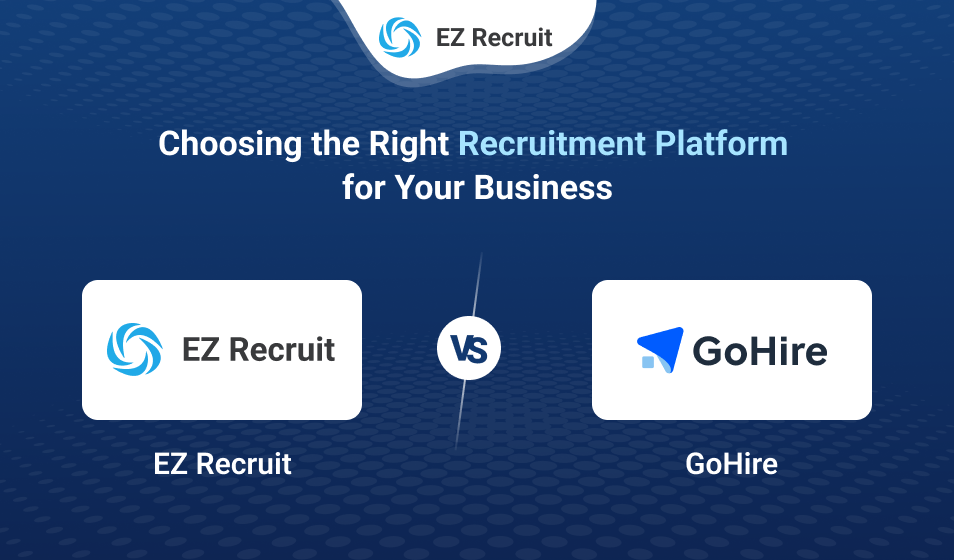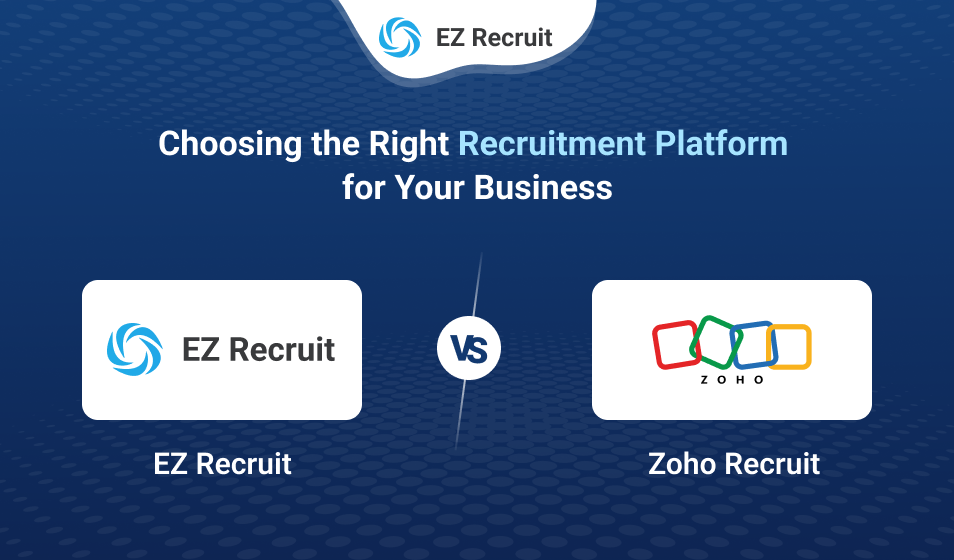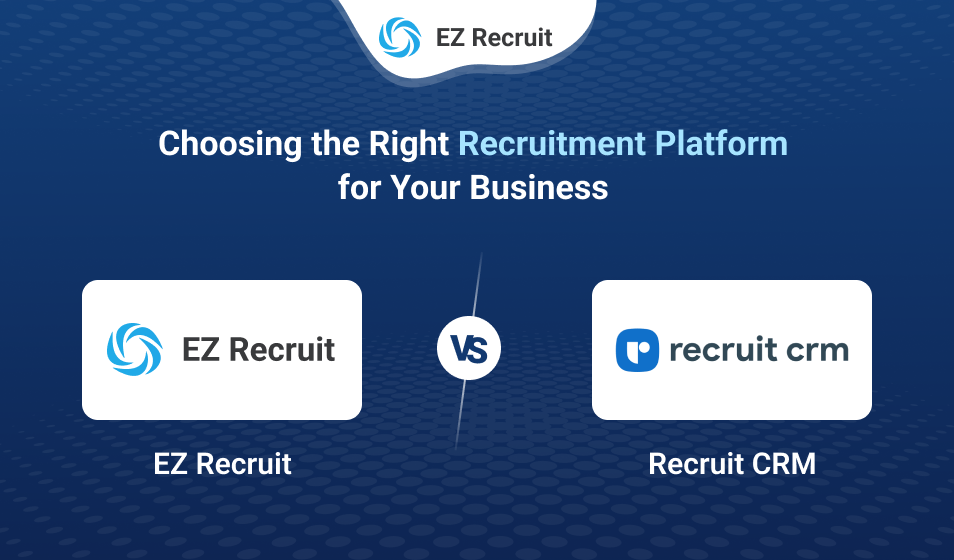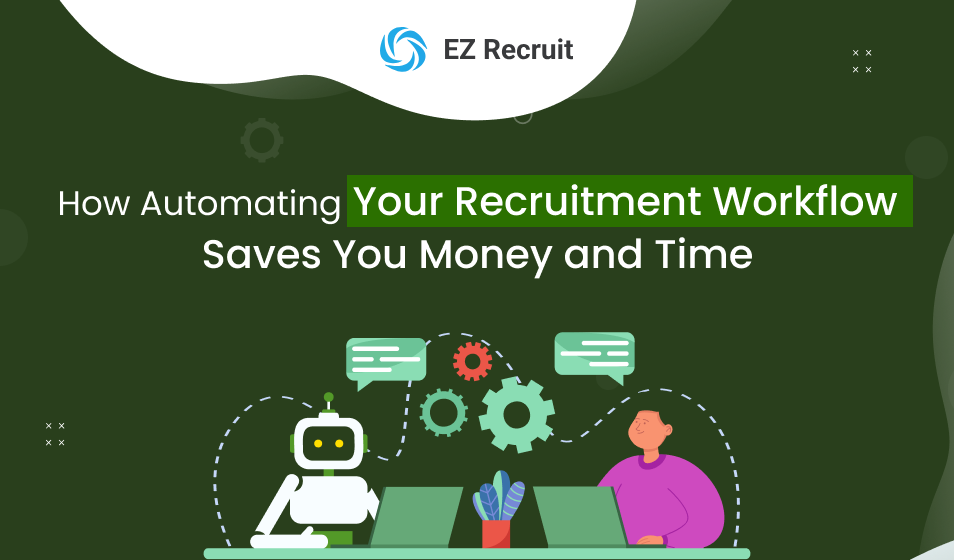The hiring industry has seen a significant change in recent years. Real-time changes in the HR sector are brought about by rapid digitisation and rising candidate expectations. To attract, engage, and retain top performers in 2025, businesses need to stay ahead of the revolutionary trends that are changing the hiring process.
Here are the top five recruitment trends transforming the HR world:
1. AI-Powered Recruitment Tools
From a trendy term to a crucial element of contemporary hiring, artificial intelligence (AI) has changed over time. Recruiters are currently using AI-powered tools to automate the screening and engagement process with candidates.
Today’s applicant tracking systems (ATS) use machine learning to rapidly scan hundreds of resumes and choose the best candidate based on hiring trends and job postings. Artificial intelligence-powered chatbots are handling first-round interview questions, scheduling interviews, and even conducting preliminary testing, saving recruiters hours of paperwork.
Apart from that, IOT technologies can stem unconscious bias by simply concentrating on experience and skills, resulting in better hiring decisions. With tough labor market competition, the tools are helping HR to hire sooner and smarter.
2. Skill-Based Hiring Over Degrees
The movement away from degree-based to skill-based recruitment is picking up momentum. With employers scrambling to hire for key positions, particularly in technology and digital sectors, numerous companies are eliminating the requirement of a traditional degree in favor of proven competence.
Sites such as LinkedIn, Coursera, and GitHub now enable applicants to demonstrate skills through project portfolios, certifications, and contributions. Recruiters, on their part, are using assessment sites to test applicants on real-world problem-solving, coding challenges, and other tasks related to work.
This practice is opening up access to good jobs and broadening the pool of talent by eliminating outdated hurdles. It’s particularly helpful for self-taught professionals and career changers.
3. Employer Branding and Candidate Experience
Today’s job market sees candidates scrutinizing employers to the same degree as employers scrutinizing them. Hence, employer branding and candidate experience have taken the center stage of recruitment strategy.
Firms are investing in storytelling across social media, careers pages, and channels such as Glassdoor in an effort to tell their story about culture, values, and employees’ achievements. Being transparent with diversity, flexibility, and career development is what is expected.
Also, candidate experience, from the job application stage to the interviewing stage, is a decisive factor in conversion. Bad communication, excessive delays, or uninhibited interactions can scare off the best talent. Companies that engage candidates like customers, with transparent expectations, timely communication, and personalized interaction, are winning the war for talent.
4. Remote and Hybrid Work Expectations
Remote and hybrid work are no longer “nice-to-have” benefits; they’re the norm for much of the workforce. Candidates today put the same value on flexibility as they do on compensation, and many are making work-life balance jobs their top wish list.
This has led to HR departments questioning their hiring approach. Job posts must have transparent descriptions of work-from-home or hybrid roles, and interview protocols must be changed by managers to assess self-discipline, communication, and skill.
More significantly, the recruiter can now access a truly global talent pool. While this presents an enormous opportunity, it also requires improved coordination across time zones, more robust virtual onboarding processes, and careful remote team integration.
5. Data-Driven Decision Making
Hiring decisions are no longer made on a hunch anymore. Analytics is increasingly influencing talent acquisition and optimizing all phases of the hiring funnel.
Recruiters now monitor important metrics such as cost-per-hire, time-to-hire, source efficiency, and candidate fall-off. Smart platforms can even foresee attrition risk or suggest best-fit candidates using past success data.
This analytical approach helps HR departments to better fine-tune their sourcing strategies, budget more effectively, and make more informed decisions about hiring timelines and team structures.
Furthermore, insights from data are driving continuous improvement. By identifying bottlenecks or weaknesses in the hiring process, HR leaders can make rapid iterations and deliver better outcomes over time.
The Conclusion
The face of recruitment in 2025 is fluid, digital, and candidate focused. While AI-powered tools take on mundane tasks, recruiters themselves get to move up the agenda to strategic outreach. The skills-based rather than credentials-based model, the calls for a flexible workplace, and increasing focus on data are all altering the definition of how to get and keep talent.
Companies that adopt these trends and invest in contemporary, inclusive hiring strategies will not only gain a competitive advantage, but they’ll also create workforces that are more adaptable, diverse, and future proof.
Are your hiring practices keeping up with the times?





